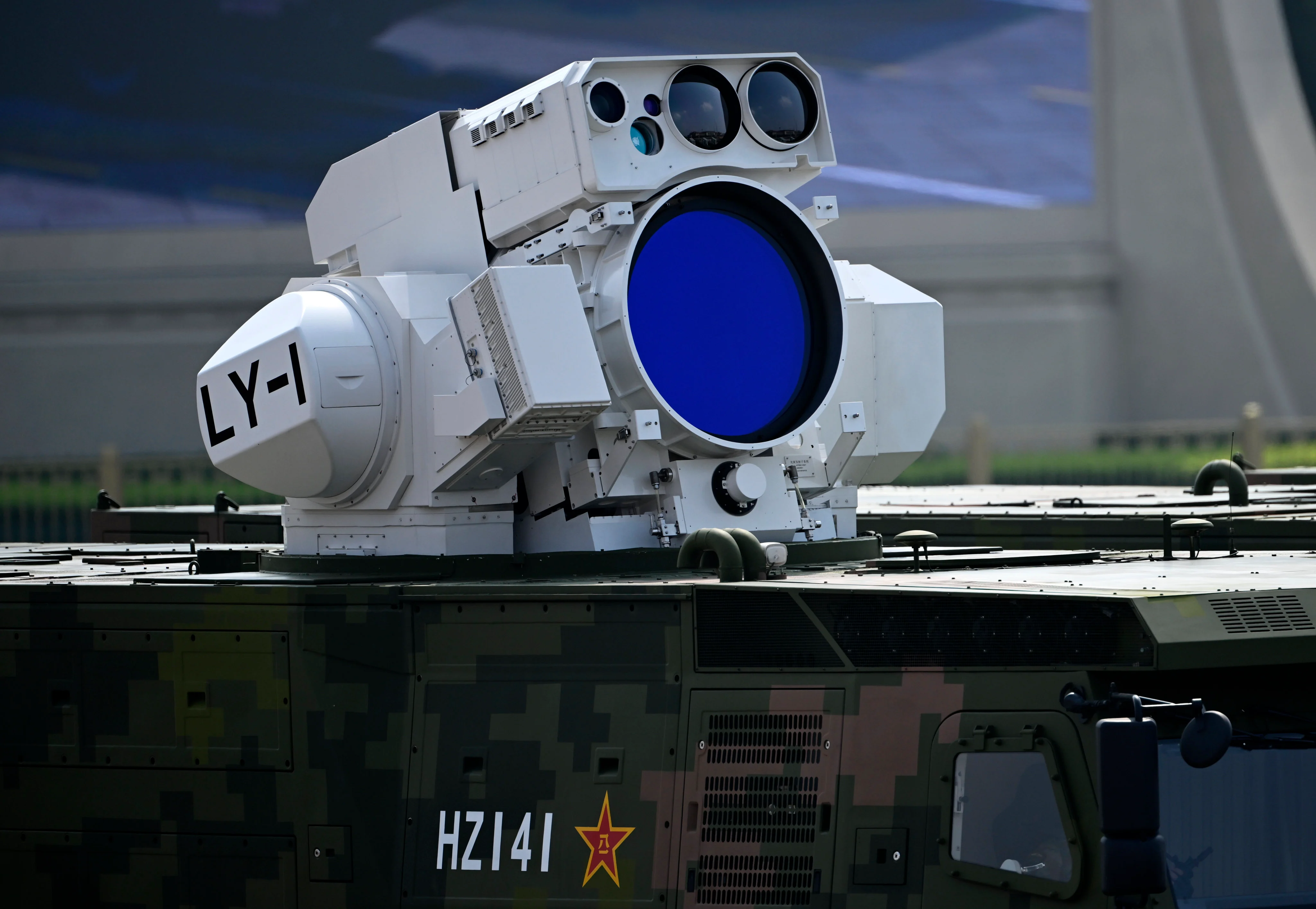By Stephen Chen
Copyright scmp

Chinese naval researchers have detailed plans to construct a multilayered defence architecture designed to protect warships from saturation attacks by up to thousands of low-cost drones, responding to what they call an existential threat amplified by accessible commercial technology.
The proposed “counter-swarm system”, likened by some experts to a digital-age Great Wall, would integrate satellites, AI-powered sensors and radical new weapons – including hypersonic missiles, lasers and microwave beams showcased in Beijing’s recent military parade – to detect, disrupt and destroy drone fleets before they reach their targets.
Professor Guo Chuanfu and his team with the PLA Navy’s Dalian Naval Academy outline how adversaries could deploy massive, intelligent drone swarms costing as little as a few thousand dollars per unit – potentially built with commercially available components like DJI batteries.
Their study, published in the peer-reviewed journal Command Control & Simulation on August 22 in the paper “Constructing Naval Counter-Swarm Systems: A Framework for Future Warfare”, warns that such swarms could overwhelm traditional warship defences through stealth, coordination and sheer numerical superiority.
The detailed countermeasures they proposed match a wide variety of anti-drone weapon systems displayed for the first time in the massive parade on September 3, such as high-power microwave weapons, LY-1 ship-mounted lasers and CJ-1000 hypersonic cruise missiles that can hit a drone-carrying cargo plane from thousands of kilometres away.
“It could be a pure coincidence, but [the parade] brings the idea from paper to life,” said a Beijing-based defence expert who requested not to be named due to the sensitivity of the issue.
According to Guo’s team, modern drones are increasingly hard to spot. Many use electric propulsion, composite materials and low-observable designs that significantly reduce their radar, infrared and acoustic signatures.
Some, like the US-developed “Cicada” micro-drone, cost less than US$10,000 and can be deployed in swarms of 1,000 or more. Others, such as the “Coyote” or “Perdix”, can operate autonomously, adapt their flight paths in real time and even perform coordinated electronic warfare or deception tactics.
“In the field of propulsion systems for autonomous platforms, the current main trend is to reduce costs by adopting commercial components, such as DJI Phantom series lithium batteries and the US military’s ‘Speed Racer’ commercial turbojet engines,” wrote Guo and his colleagues.
These measures can reduce the cost of individual nodes in an aerial swarm to just a few thousand US dollars, they added. In response, the PLA is conceptualising what the researchers describe as a “multidimensional, intelligent, and layered” counter-swarm system – a digital and physical ‘Great Wall’ that integrates space, air, sea and electronic domains.
To address the “can’t see” problem, the framework calls for a fused network of satellite, airborne, shipborne and sea-surface sensors – radar, infrared, optical, radio frequency and even acoustic – working in concert.
Using artificial intelligence, these systems would automatically correlate data, filter out noise and maintain continuous tracking of fast-moving, low-signature targets.
Traditional command-and-control systems, built around rigid OODA – or observe-orient-decide-act – loops, are too slow to counter swarms that can change tactics in seconds. Instead, the paper advocates for a “dynamic kill net” powered by software-defined networking, machine learning and human-machine teaming.
This would allow warships to dynamically reassign sensors and weapons in real time, even if parts of the network are damaged.
But the biggest challenge would be the cost. Using million-dollar missiles to shoot down thousand-dollar drones is economically unsustainable. Intercepting a swarm of low-cost drones with standard SM-2 missiles, for instance, could produce a cost ratio of 700:1 in favour of the attacker, according to the authors’ calculations.
To solve this, the PLA proposes a tiered interception system that can attack the launch platform – such as a C-130 aircraft deploying “Gremlins”-style drones – before swarms are even released.
They also propose midcourse electronic warfare: deploy drone or ship-launched jammers, high-powered microwave systems or laser-equipped autonomous vessels to disrupt swarm coordination.
Expensive missiles would also be replaced by directed-energy weapons such as lasers and high-power microwaves that can fire repeatedly at near-zero marginal cost.
The paper marks a clear doctrinal evolution: moving from “node warfare” – where individual ships or missiles dominate – to “system-of-systems warfare”, where victory hinges on integration, speed and efficiency.
While the paper focuses on Chinese naval doctrine, its concerns mirror those of Western militaries. The US Navy, for example, has been developing its own Naval Integrated Fire Control-Counter Air system and exploring laser and microwave defences.



